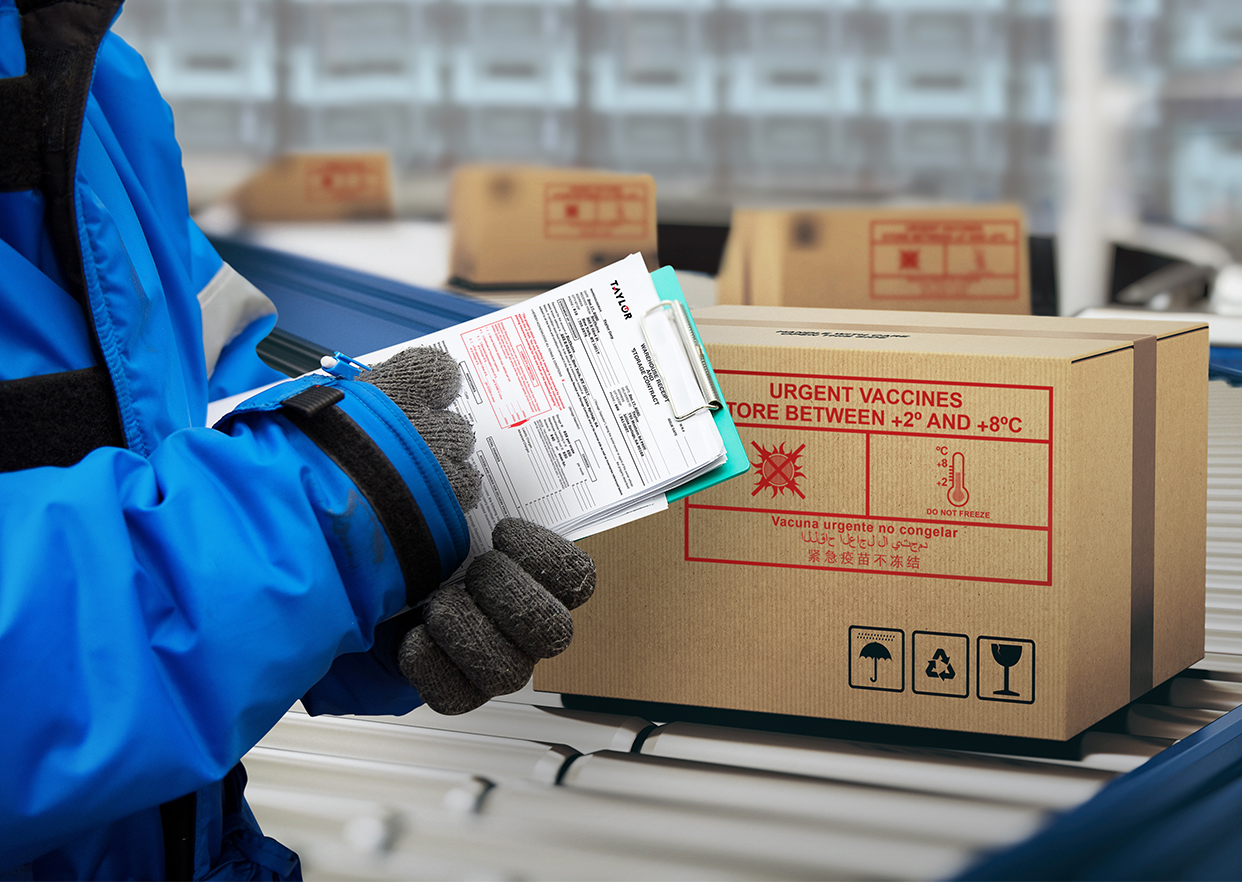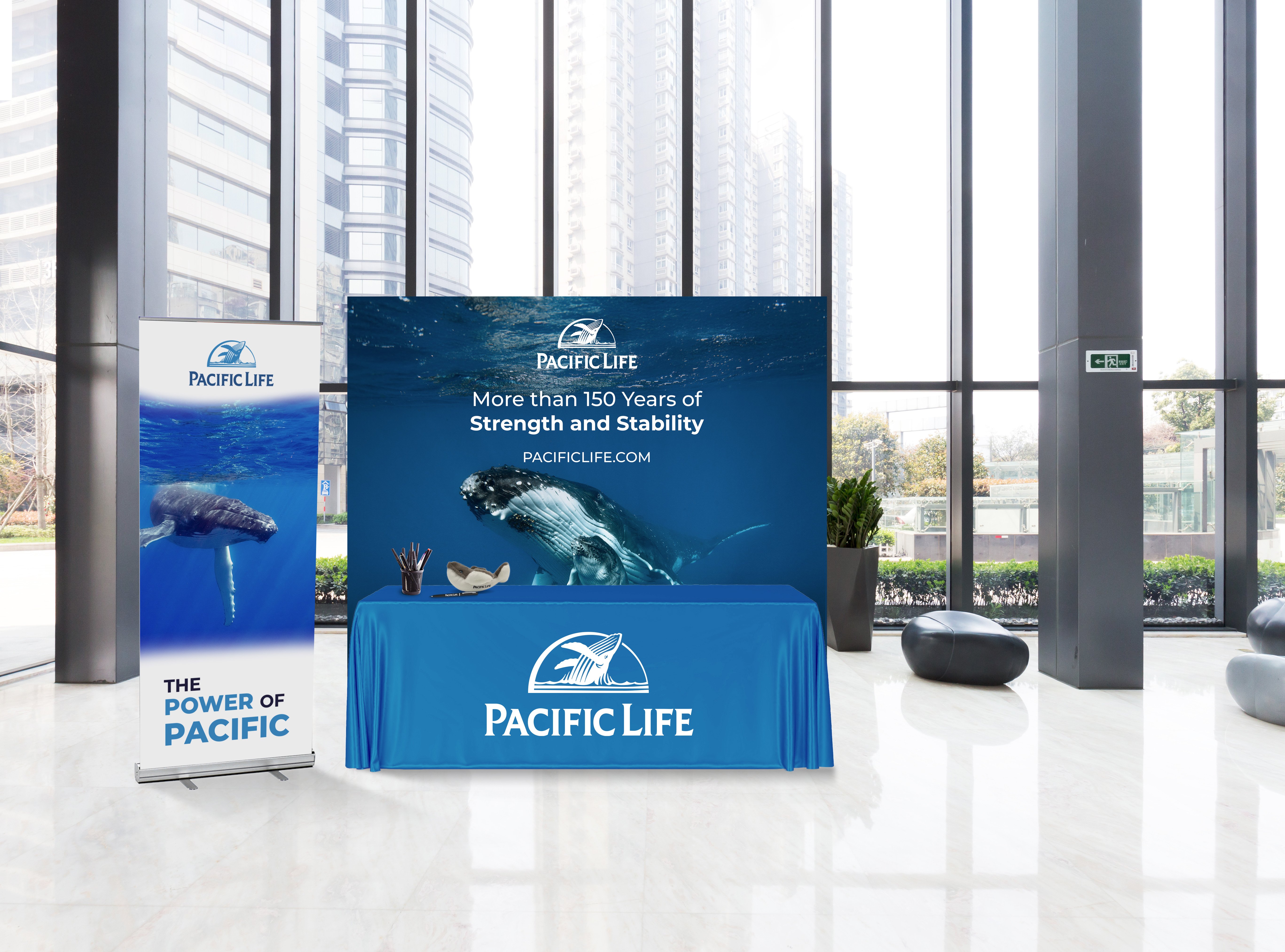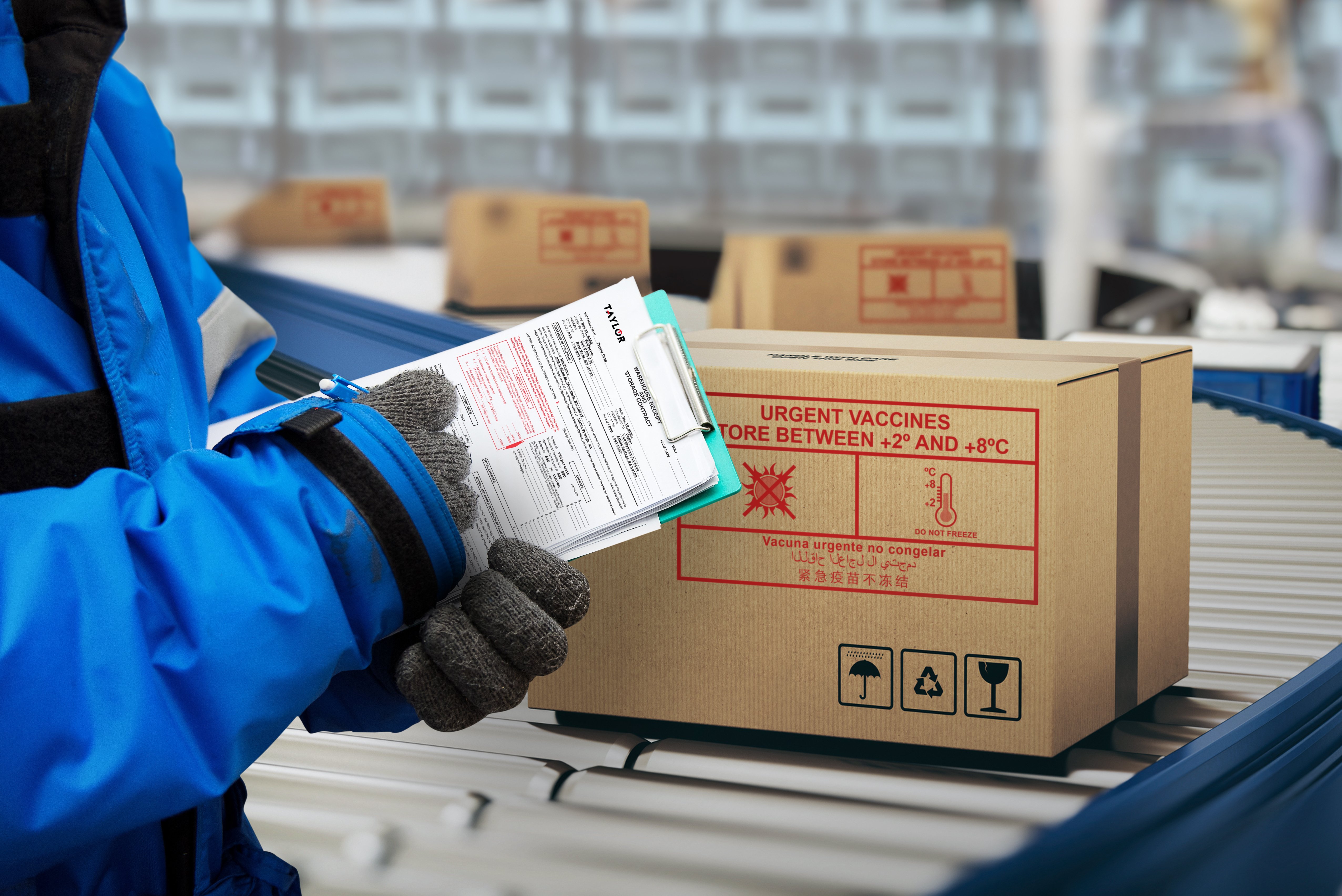The third-party logistics industry — often known simply as 3PL — is a giant unseen force in the nation’s economy. According to Amstrong & Associates, the 3PL industry in the U.S. generates revenues of more than $317 billion annually. From the AAA batteries in your TV remote to the zinfandel in your wine glass and everything in between, a third-party logistics provider somewhere likely played a role in bringing that product to market.
But what, exactly, do 3PLs do and what should you look for when working with one? This blog will explore the basic types of services provided by a 3PL and offer six specific things to consider when selecting a third-party logistics partner for your business.
Third-Party Logistics Explained
There are many types of third-party logistics companies but the common theme is that they all provide some form of outsourced logistics services to their clients. Whether they provide the service themselves and/or broker those services from someone else on behalf of the client, 3PLs are commonly involved in one or more of the following activities:
Warehousing
Warehousing involves the physical storage of goods for a period of time so they can be used at a later date for some other purpose. Items are received at the warehouse and held there until ready for the next link in the supply chain. Security systems, loss prevention procedures and climate control are key considerations when evaluating a warehouse facility.
Distribution
Distribution involves the movement of items from a central location — such as a warehouse — to someplace else whether that be another warehouse, a retail store or a consumer’s home. Technology is the name of the game in modern distribution operations. Robotics and advanced data analytics make it possible to optimize inventory levels, minimize obsolescence waste, prevent costly stockouts and accelerate the flow of goods.
Fulfillment
In simple terms, fulfillment involves the processing of individual orders so items can be prepared for shipment to a customer. Depending on the operation, fulfillment may include picking items from a shelf, kitting them together with other items, packaging them for safe delivery, tracking customer orders from end to end and even managing returns on the back end. Here again, up-to-date technology systems are vital for efficiency.
Transportation
Just like it sounds, transportation involves the physical movement of an item from one place to another, whether by ocean, air, rail or over-the-road (OTR) vehicle. Depending on the logistical scenario, transportation may play a role in all of the other activities described above.
The key to 3PL providers — and what sets them apart from 2PL providers — is integration. By definition, a third-party logistics partner is integrated into their client’s business and functions as a seamless extension of the client’s own operations. A second-party logistics provider, such as FedEx or UPS, is typically involved in moving goods from Point A to Point B. Thus, a 2PL is someone you hire situationally to move an item while a 3PL is someone you form a close working relationship with to create a long-term competitive advantage in the operation of your business.
Not surprisingly, the adoption of third-party logistics services has exploded in the ecommerce era. In fact, it is estimated that 90% of domestic Fortune 500 companies now use 3PL providers. But, how are all of those companies choosing their 3PL providers? How can they know when they’ve found the ideal “fit” that will enhance the effectiveness of the business? We’ve identified six key factors that can help you find a perfect fit in your 3PL.

The 6 Things to Look for in a 3PL
1: Geographic Footprint
Start by evaluating the network of facilities to which you will gain access by working with a given 3PL. Are their facilities located near yours? Are they close to your customers? Are they strategically located near a major transportation hub, such as the UPS® Worldport in Kentucky? Physical adjacencies are key to efficient logistics and should be a primary consideration. If your operations are international, look for a third-party logistics partner who offers a global footprint.
2: Range of Services
IBISWorld notes that there are more than 21,000 companies in the U.S. providing services in the 3PL category. They tend to specialize in different things and are “engineered” to solve different types of business problems for their clients. Analyze your business model and workflows to identify what types of services you need most. Warehousing and inventory management? Picking, packing and order fulfillment? Global transportation? Something else? For the greatest synergy, focus on providers who offer strengths where you are currently weakest.
3: Scalable Capacity
Once you’ve made a short list of 3PL providers who offer the right geography and capabilities, take a closer look at the scalability and flexibility of their operations. This is especially critical if your business is growing rapidly or experiences extreme seasonal swings in demand. You want to ensure they have the ability to scale up, scale down and maintain the same level of service no matter what the volume of goods being handled.
4: Technological Sophistication
As noted above, technology has revolutionized the logistics field in recent years. To narrow your list further, look at the technology they would bring to the relationship. Data analytics tools, warehouse management systems (WMS) and transportation management systems (TMS) can dramatically enhance the efficiency of a logistics operation. For example, reducing the number of times an item is “touched” and moved. Determining the best locations to store different types of materials. The ability to trace lot and batch numbers throughout the supply chain. Look for a 3PL who can bring transformative technologies to you.
5: Performance Measurement
Logistics is, by definition, a data-intensive field. Ask your potential 3PL partners about their performance metrics and the key performance indicators (KPIs) they track. Data transparency is critical if you are to improve operational efficiency year over year. Generally speaking, the more technologically advanced the 3PL partner, the more decision-making data you will have at your disposal.
6: Industry Experience
Finally, consider how much experience your potential third-party logistics partner possesses. Not just in the 3PL industry, but in your industry as well. The best fit will be achieved when your 3PL partner already understands the unique challenges, regulations and seasonal swings you face. This will enable them to bring proactive solutions to you that turn your logistical operation into a source of competitive advantage for your business.
Kitting, Fulfillment and Inventory Management Services
 As one of the largest graphic communications providers in North America, Taylor has the logistical network to match:
As one of the largest graphic communications providers in North America, Taylor has the logistical network to match:
- 14 locations from coast to coast, including Alaska and Hawaii
- 7 million square feet of distribution space
- 24-hour secure, climate-controlled storage
- 99.3% accuracy rate for order shipments
However, these in-house capabilities are enhanced by an integrated network of third-party logistics partners. The result is a vast, technologically sophisticated footprint of fulfillment, kitting and cold chain services including:
- Cold chain logistics solutions including ambient temperature storage products and a national freezer network.
- Store profiling technology to optimize POP distributions by location and demographics.
- Centralized fulfillment that maximizes savings through one-day coverage to most major markets.
- User-friendly online ordering and inventory management tools.
- Robust data visualization tools and performance metrics.
See how third-party logistics support can help fuel the growth of your business. Contact your Taylor representative to learn more.



.jpg)
%20Trade%20Show%20and%20Event%20Logistics%20Explained/Blog%20Hero%20%E2%80%93%20EAM.png)



